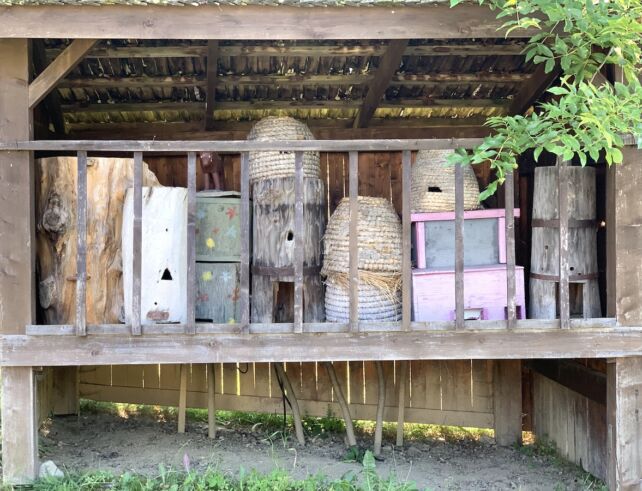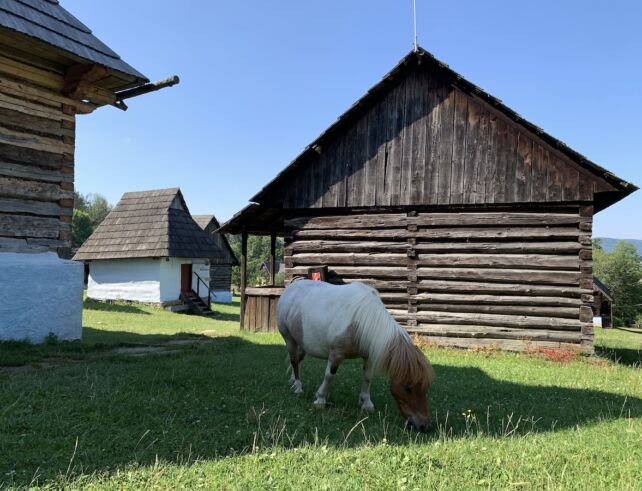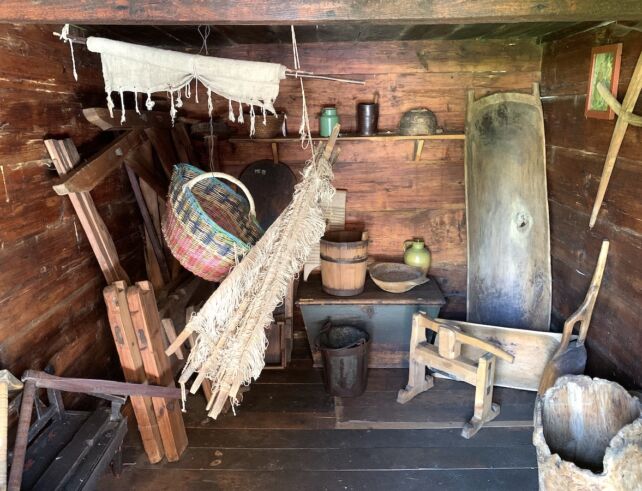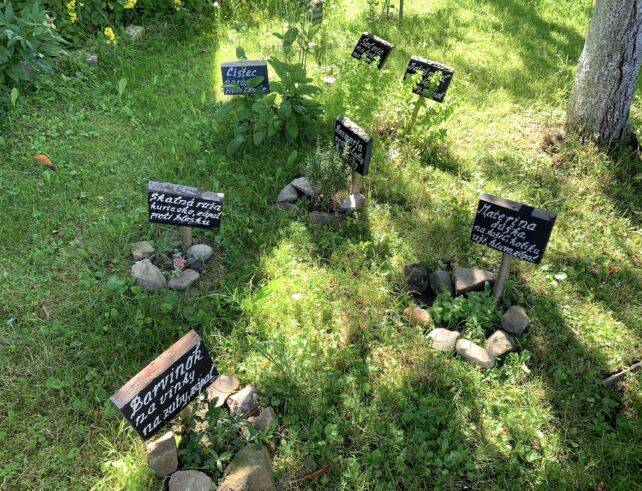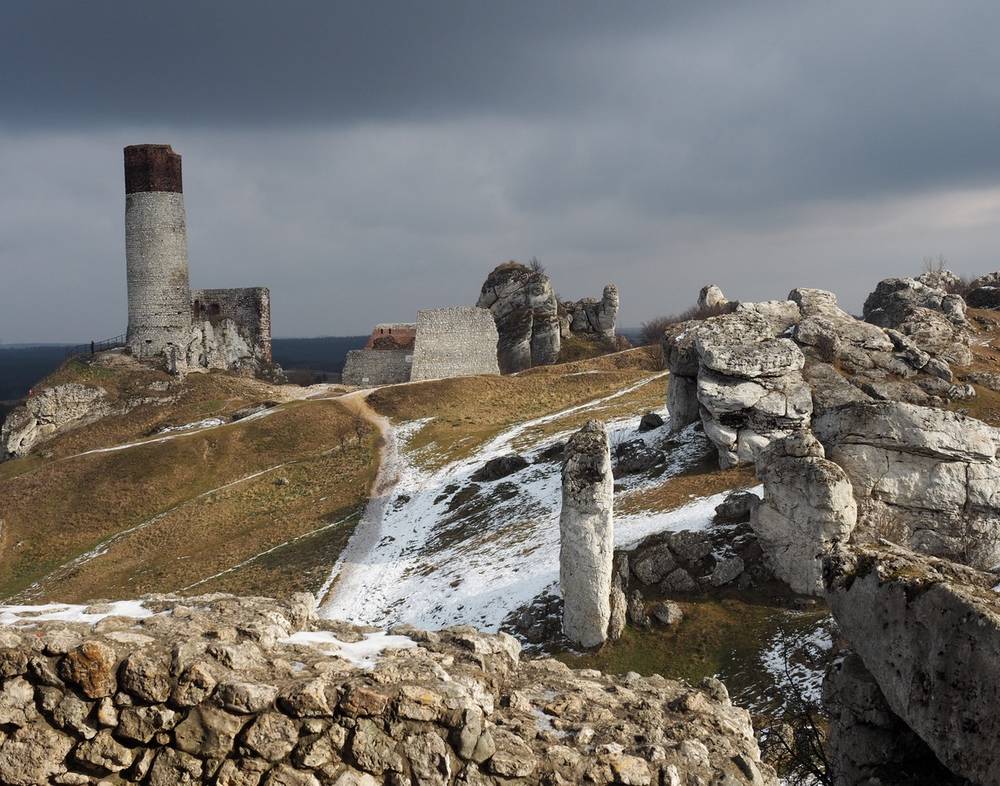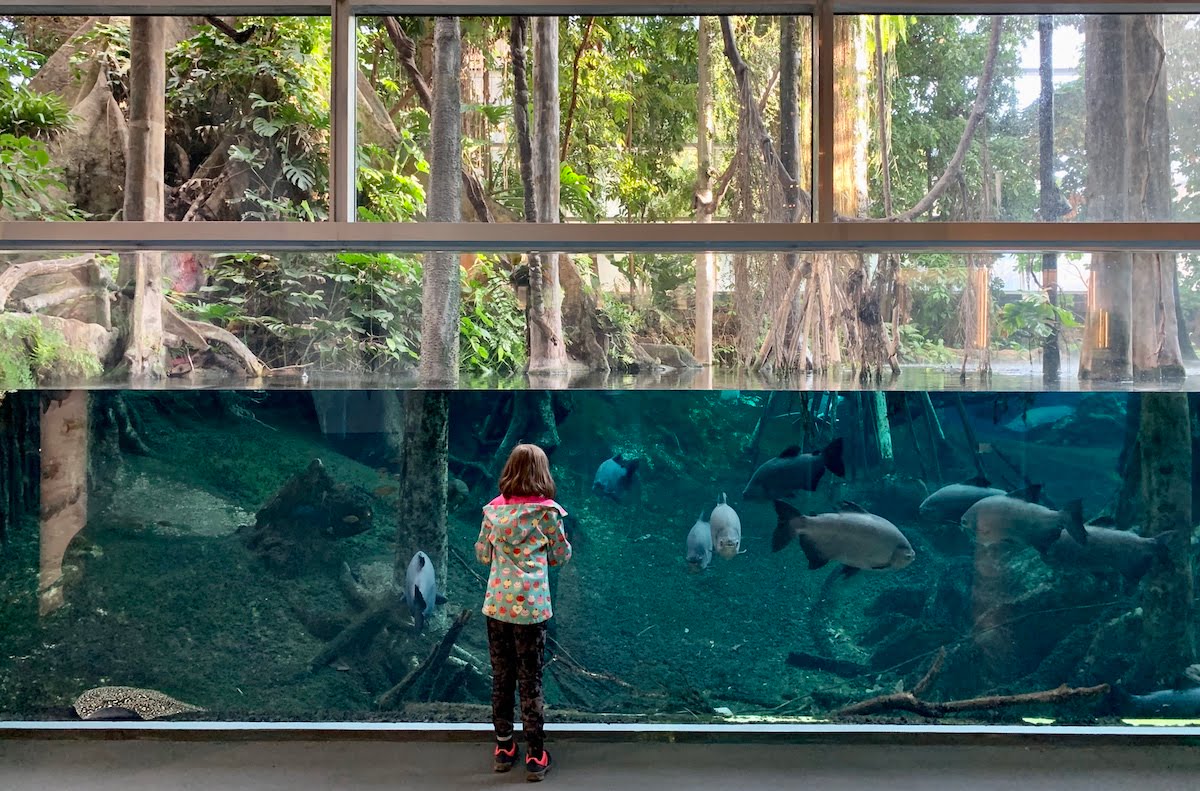Share This Article
Stará Ľubovňa may first bring to mind the extraordinary castle located there. But you’ll also find more fascinating sites in the area. One of them is the Stará Ľubovňa Open-Air Museum, which I can wholeheartedly recommend visiting when you’re already exploring the castle.
Both the open-air museum and the castle are managed by the Ľubovnianske Museum.
Location and Access
The Stará Ľubovňa Open-Air Museum is located right at the foot of the castle, and you definitely won’t miss it when walking from the castle parking lot. It is situated next to the town of Stará Ľubovňa (Polish: Lubowla). From the Polish border at Piwniczna-Zdrój, the museum is about 20 kilometers away. You can easily plan a stop here on your way toward Poprad, Prešov, or even further to Košice.
Parking is available directly next to the museum entrance, as it is essentially the castle parking lot. The fee is €5, with no time limit, so you can take your time exploring both the castle and the open-air museum—and, if you wish, also the Military Museum located between them.

Stará Ľubovňa Open-Air Museum – Opening Hours and Tickets
The Stará Ľubovňa Open-Air Museum shares many of its opening hours with the castle. They also have in common the fact that in November and December they are closed (they reopen after Christmas, so technically they are open for part of December). During the rest of the year, the opening times are as follows:
- May to September – Monday to Sunday, 9:00 AM – 7:00 PM
- Mid to late September – Monday to Friday, 9:00 AM – 6:00 P
- October – Tuesday to Sunday, 10:00 AM – 5:00 PM
- After Christmas until the end of March – the castle is open, but the open-air museum is only accessible to groups of at least 30 people with prior reservation
- April – Monday to Sunday, 10:00 AM – 6:00 PM
On the information board at the site, the hours were slightly different, but I assume the website is updated more frequently than the board.
Tickets
You can buy tickets to the open-air museum separately or as a combined ticket with the castle.
- A single ticket costs: €4 for adults, €2.50 for children (6–19 years old), and €3 for students and seniors.
- A family ticket costs €6, valid for two adults and one to four children up to 15 years old.
If you choose a combined ticket, the prices are: €10 for adults, €6 for children, €7 for students and seniors, and €19 for a family ticket. If you’re planning to visit both the castle and the open-air museum, the combined ticket is definitely worth it!
Please note: pets are not allowed on the grounds of either the museum or the castle. Photography is free of charge. I also found information that on the first Sunday of the month, entry to the open-air museum is free.
When planning your visit, make sure to check the website for the calendar of events held at the museum.
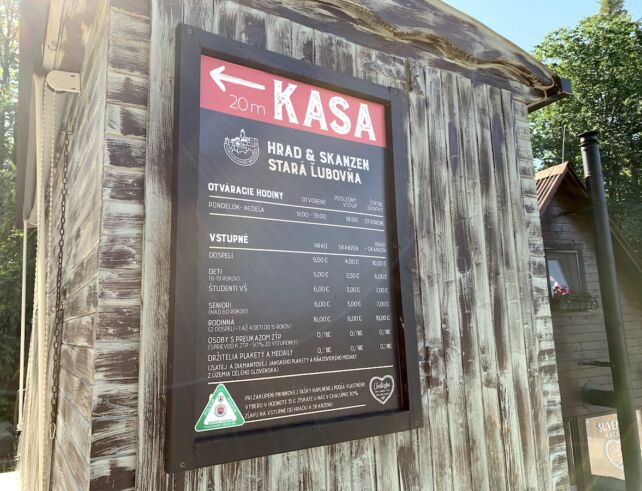

History of the Open-Air Museum
The Stará Ľubovňa Open-Air Museum was officially opened in 1985, though the plans for its creation go back much earlier. It presents the history of the Upper Spiš and Šariš regions, their traditions, and everyday life. Historically, this was a unique area where Ruthenians, Highlanders, Germans, Jews, and Roma lived side by side, creating a fascinating cultural blend.
The village beneath the castle, which later became today’s open-air museum, began to take shape in the 1970s, and in 1985 it opened to visitors.
Exhibition Objects
The Stará Ľubovňa Open-Air Museum features 32 residential and farm buildings from the region. The most striking landmark, visible right at the entrance, is the Greek Catholic Church of St. Michael the Archangel from Matysová, dating back to 1833. It towers over the other buildings, and inside you can admire a beautiful iconostasis. The church was moved to the museum in 1979, and in 1991 it was reconsecrated. To this day, it serves a religious function during feast days.
Among the other highlights are:
- a “tenement house” from Veľký Lipník (1922),
- seasonal shepherds’ shelters and a shepherd’s house from Litmanová,
- a granary and municipal house from Veľká Lesná,
- a farmstead and family home from Údol,
- as well as houses from Jarabina and Jakubany.
The museum collection includes religious, residential, craft, and educational buildings.
Of course, there are more structures to discover beyond those listed here, each with its own story. Descriptions are also available in Polish, placed inside the buildings in dedicated wall slots.
In addition to the museum buildings, the open-air museum also strives to recreate traditional rural life in practice. While strolling around, you may encounter farm animals such as goats and horses.
Plan about 1–2 hours to fully explore the site. The museum is also equipped with QR codes linking to YouTube videos about each object – though these are only available in Slovak.
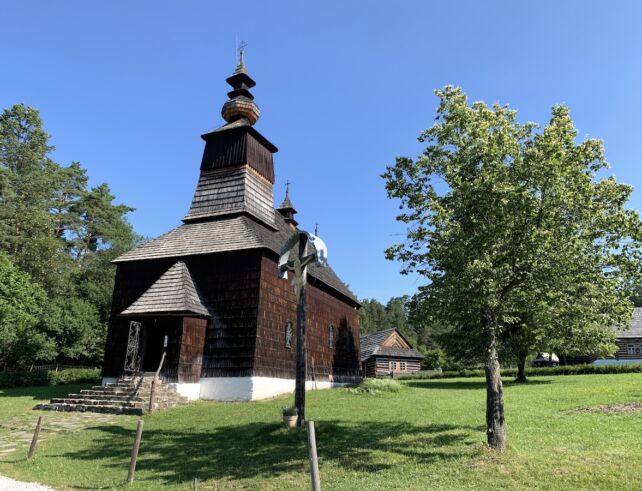
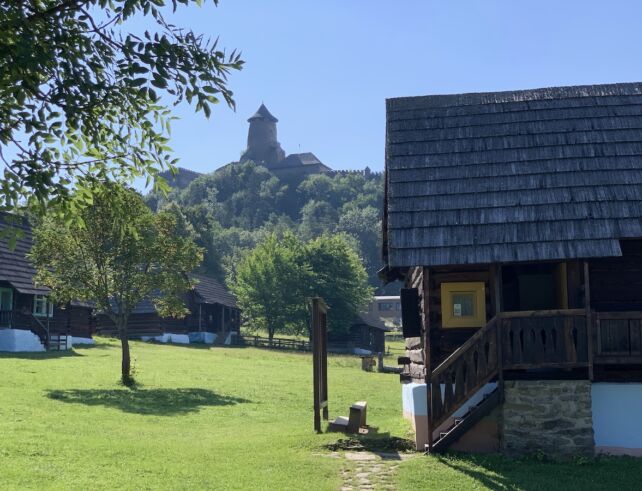
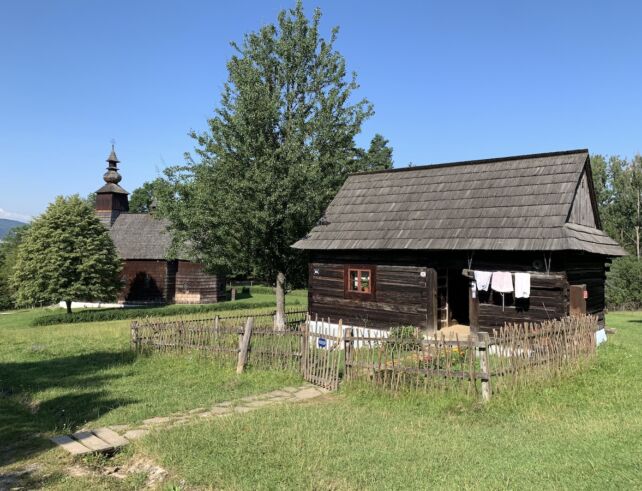
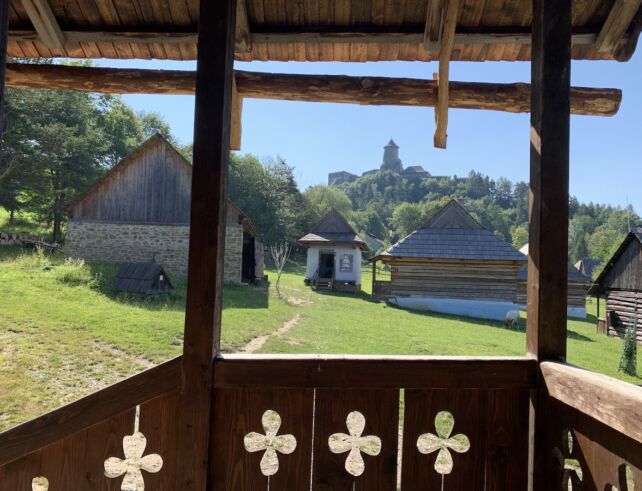

Stará Ľubovňa Open-Air Museum – Interiors
Most of the buildings in the open-air museum are open to visitors. While you cannot always step directly into the rooms themselves – as they contain many exhibits – you can always take a look inside through the doors and windows.
One of the highlights is the wooden Greek Catholic Church of St. Michael the Archangel, whose interior is even more impressive than its exterior. But the church is only the beginning. As befits a proper open-air museum, the interiors are arranged as if their owners had just stepped outside to the field or elsewhere, leaving their belongings behind in everyday use.
The museum pays great attention to detail – so apart from the overall look of the rooms, you’ll notice things like a hanging cane, laundry drying, or objects tied to folk customs and superstitions.
Sharp-eyed visitors will also spot scenes of rural life captured in the interiors, such as Christmas celebrations, childbirth and child-rearing, or weddings. Fans of old toys will be pleased with a small exhibition devoted specifically to that theme.




Stará Ľubovňa Castle
The landmark that dominates the area and is one of the main reasons why tourists visit this region is the castle. It was built at the turn of the 13th and 14th centuries and originally served as a fortress guarding the trade route.
For many years, the castle remained under the rule of Polish kings, as part of a pledge made by Sigismund of Luxembourg in exchange for a loan.
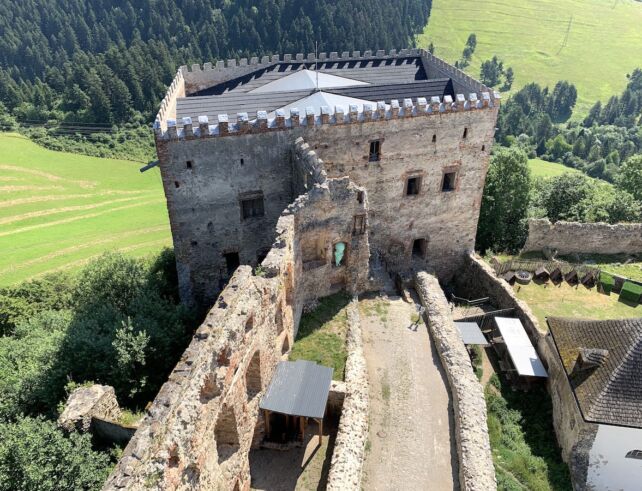
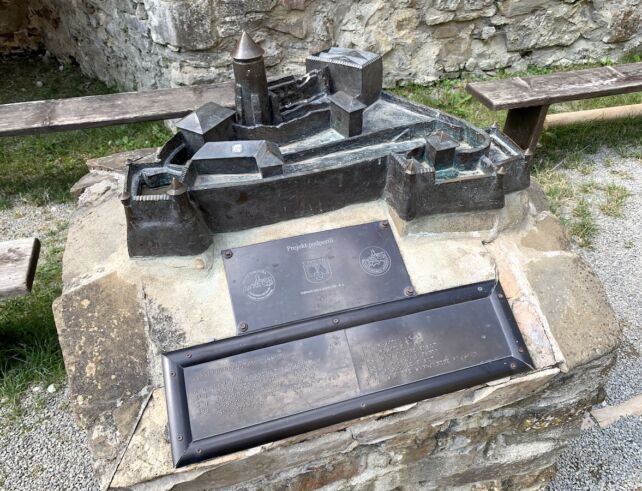
Is It Worth Visiting?
When planning my trip to the castle, I knew I also had to visit the Stará Ľubovňa Open-Air Museum. First of all, it is a fascinating place run with real passion, and secondly – and perhaps just as importantly – the museum offers a unique view of the castle itself.
The open-air museum is a place where you can learn a lot about traditional Slovak village life, and most of the buildings feature information in Polish, which is another strong reason to stop by.
Most tourists from Poland come here mainly to see the castle, but believe me – the Stará Ľubovňa Open-Air Museum is well worth your attention when visiting the area.
